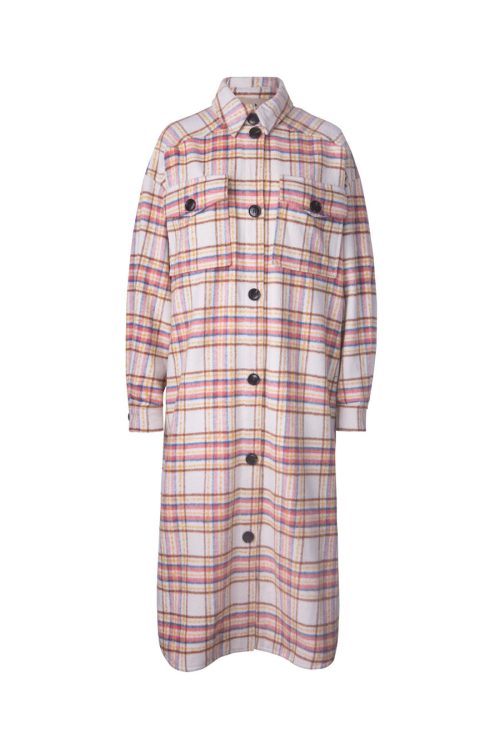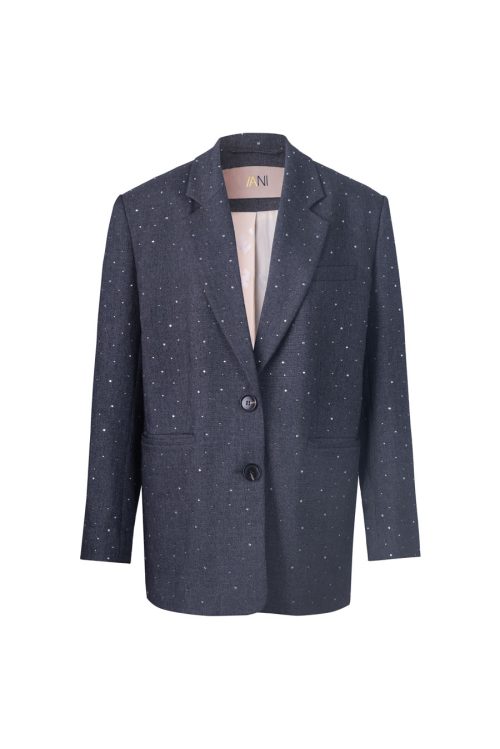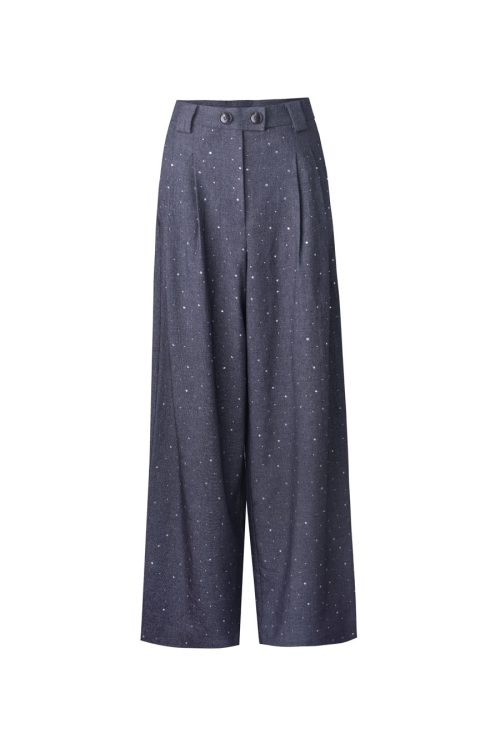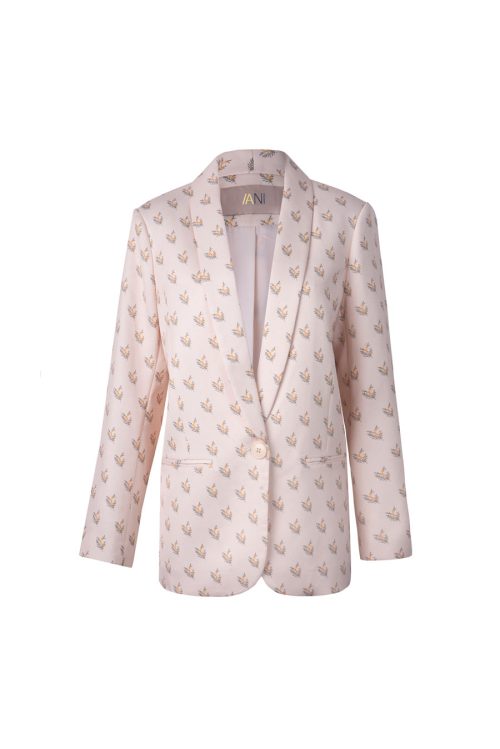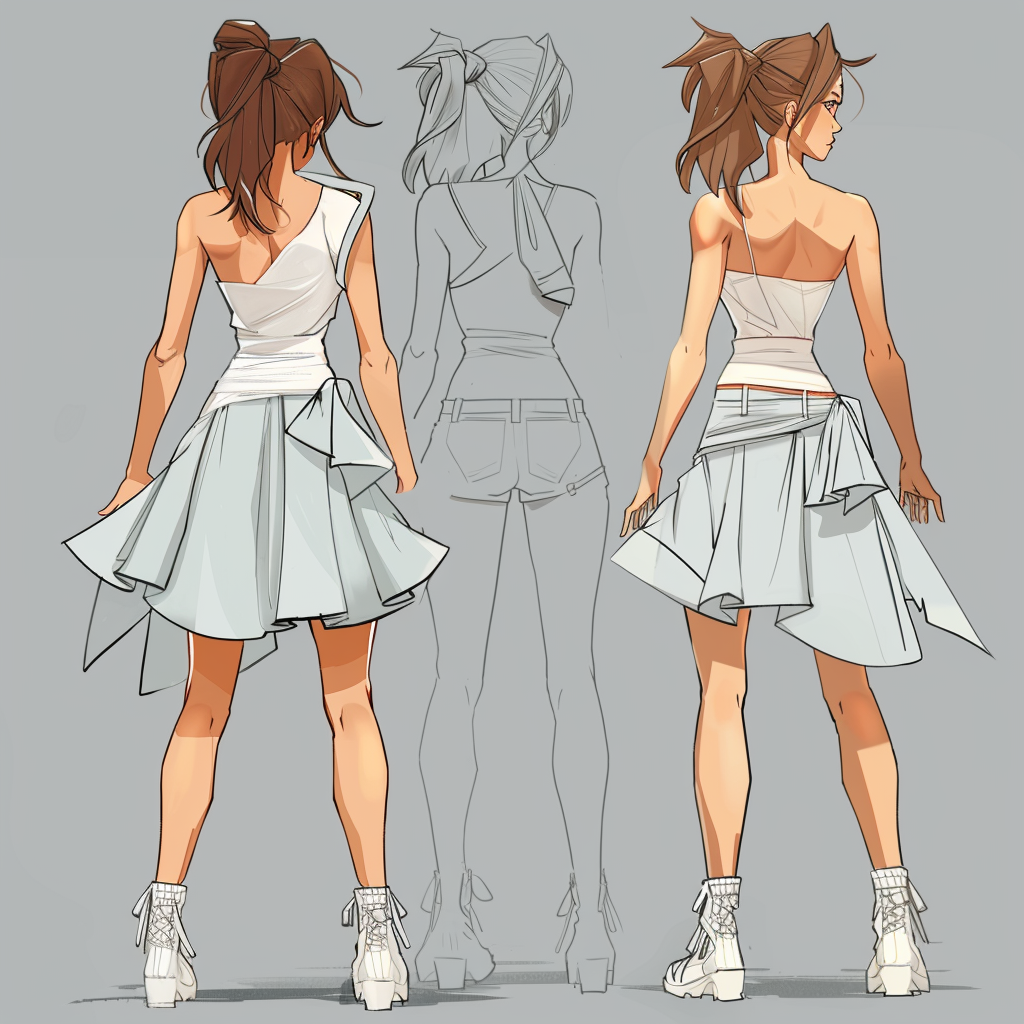
Introduction to OEM Safety Clothing in Auckland
Auckland, as a bustling metropolis, hosts a variety of industries, each with unique safety apparel needs. OEM (Original Equipment Manufacturer) safety clothing plays a vital role in providing tailored protective solutions that meet specific industry standards and requirements. This introduction aims to unpack the significance of OEM safety clothing in Auckland’s diverse market landscape.
Definition of OEM
In the realm of safety clothing, OEM refers to companies that design and produce apparel that is then branded and sold by other firms. This model allows for high levels of customization in safety clothing, catering to specific industrial needs with precision.
Overview of Auckland Market
Auckland’s economic diversity, with sectors ranging from construction and manufacturing to biotechnology, necessitates a broad range of safety clothing solutions. OEM providers in Auckland are crucial for supplying specialized attire that adheres to both local and international safety standards.
Benefits of OEM Safety Clothing
OEM safety clothing offers numerous advantages, including the ability to incorporate specific protective features and compliance with stringent safety regulations, ensuring both worker safety and legal compliance.
Customization and Branding
One of the primary benefits of OEM safety clothing is its adaptability. Manufacturers can tailor garments to the specific needs of different industries, incorporating company logos and colors, which enhances brand identity while ensuring safety.
Compliance with Standards
OEM safety garments are designed to meet various safety standards, such as those specified by New Zealand’s WorkSafe regulations. This compliance is essential for companies to maintain their operational licenses and protect their workforce effectively.
Key Features of High-Quality OEM Safety Clothing
The efficacy of safety clothing largely depends on its features. High-quality OEM safety apparel is distinguished by superior materials and innovative design features that enhance both safety and comfort.
Material Quality
The materials used in OEM safety clothing are selected based on their durability, resistance to hazards, and comfort. Features like fire resistance, water repellency, and breathability are critical for protective clothing in different environments.
Innovative Features
Advancements in safety clothing technology have led to the development of features such as enhanced visibility with reflective fabrics, ergonomic designs for better mobility, and materials that offer thermal regulation.
Manufacturing and Supply Chain Dynamics
Understanding the manufacturing processes and supply chain dynamics is essential for assessing the availability and reliability of OEM safety clothing in Auckland.
Local Manufacturing Insights
Many safety clothing manufacturers in Auckland opt for local production to maintain control over quality and to facilitate quick turnarounds for custom orders. This local production capability is vital for meeting the immediate needs of Auckland’s industries.
Import and Export Trends
While some materials and finished products are imported, there is a significant emphasis on exporting locally manufactured safety clothing to international markets, showcasing New Zealand’s commitment to quality and innovation in safety apparel.
Industry Applications in Auckland
Different industries in Auckland have varied requirements for safety clothing, influenced by the specific hazards and conditions of their work environments.
Sectors Using OEM Safety Clothing
Key sectors include construction, where high-visibility and impact-resistant clothing is crucial, and the chemical industry, which requires protective gear against hazardous substances.
Specific Needs and Examples
Each sector’s specific needs dictate the design and features of the safety clothing used. For example, electricians need clothing that protects against electrical hazards while maintaining flexibility and comfort.
Selecting the Right OEM Safety Apparel
Choosing the right safety clothing is critical for ensuring maximum protection and comfort for workers in hazardous environments.
Criteria for Selection
Factors to consider include the type of hazards present, the durability of the clothing, and the regulatory standards it must meet. It’s also important to consider the environmental conditions in which the clothing will be used.
Maintenance Tips
Proper maintenance of safety clothing is essential to preserve its protective qualities. This includes regular cleaning, proper storage, and immediate replacement if any part of the garment is compromised.
Future Trends and Developments
The future of OEM safety clothing in Auckland looks promising, driven by technological advancements and a growing awareness of workplace safety.
Technological Advances
Future developments may include the integration of smart technology in safety clothing, such as embedded sensors that monitor environmental hazards or the health status of the wearer.
Market Growth Predictions
As industries in Auckland continue to grow and evolve, the demand for specialized OEM safety clothing is expected to rise, accompanied by innovations aimed at enhancing the effectiveness and comfort of safety apparel.
FAQs
What is OEM in the context of safety clothing? OEM stands for Original Equipment Manufacturer, which in the safety clothing market refers to companies that produce apparel designed to be branded and sold by others, offering high customization.
Why is customization important in safety clothing? Customization allows for the inclusion of specific features tailored to the safety requirements and environmental conditions of different industries, enhancing both protection and compliance.
What are the key features to look for in high-quality OEM safety clothing? Important features include material durability, hazard resistance, ergonomic design for mobility, and elements that enhance visibility and comfort.
How does Auckland’s diverse industry landscape affect the demand for OEM safety clothing? The variety of industries in Auckland, each with unique operational hazards, drives the demand for specialized safety clothing that meets specific safety standards and worker needs.
What future trends are expected in the OEM safety clothing industry? Expected trends include the adoption of advanced materials and technologies, such as wearable sensors, and an increase in demand linked to industry growth and heightened safety regulations.

